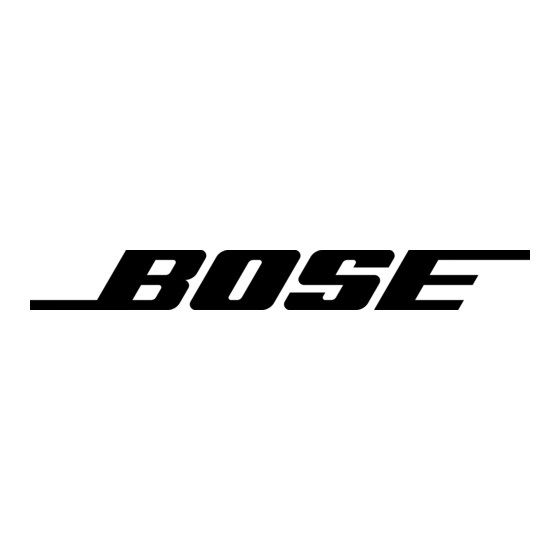2. DSP PCB
2.1 General Overview
The DSP board contains the majority of the control and signal processing functionality for the
PS28 Powered Speaker. The DSP board receives audio data and SmartSpeaker commands from
the head-end via the RJ-45 connector. There are no analog audio inputs to the bass module; all
audio information comes via S/PDIF input from the head-end. Audio sample rates from 32kHz to
48kHz and PCM, AC-3, and DTS formats are auto-detected and supported.
The DSP is a 4-layer PCB, with all interconnects to the Power Supply PCB and Amp PCB accom-
modated by J604, a 20-pin card-edge connector. The DSP board has two ground connections to
the die-cast aluminum chassis through "spring fingers" formed by two thin PCB features along the
edge of the PCB. These "fingers" are displaced by mating sloped features on the bottom of the
chassis to make contact when the DSP board is fully inserted into the slots.
2.2 Power Supplies
Sheet 7, 8 of SD254175
"Raw" power for the DSP board is supplied by the Power Supply PCB in the form if "+V" which is
the positive DC supply which "tracks" the audio signal and +/-10VDC regulated. The +/-10VDC is
brought onto the board at J604 pins 11 and 1, respectively, where they are designated as +VCC
and –VCC, respectively. +V is brought onto the DSP board at J604 pins 8 and 18.
+V is solely used to power the 5V switch-mode regulator U501. +VCC and -VCC are used to
power all of the OP Amps (U402, U404, U406, and U407) and +VCC is used to power the LM339
comparator U3.
The 5V switch-mode regulator formed by U501, and associated components, operates by chop-
ping the input voltage (13-24VDC) at 120 kHz and filtering it through a LC lowpass filter. The
resulting output voltage is divided down by R506/R507 and compared against an internal 3.3V
reference in U501, which modulates the pulse width to maintain a regulated 5.0V across C517.
When the switching regulator is running, the PWM waveform can be observed at pins 5/6 of U501
using an oscilloscope. R505 and D502 are required to prevent the tracking power supply from
"seeing" the 330uF of capacitance at C519, since the +V voltage varies at audio rates between
approximately 13V and 24V.
The regulated 5V output is used to generate the 2.5V and 3.3V supplies. The 3.3V supply is
generated using a fixed-voltage 3.3V linear regulator, U502. The 2.5V supply is generated using a
LM317-series adjustable voltage regulator. R509/510 divide down the output voltage being fed
back to the regulator to generate the required 2.5V on the output.
2.3 DSP, FLASH PROM, and SDRAM
Sheet 3 of SD254175
The fundamental heart of the DSP board and LS28/35 bass module functionality is rooted in the
Analog Devices 21065L Sharc DSP processor (U4) and the RAM (U302 and U303) and PROM
(U301) associated with it. The Sharc DSP is a floating point processor capable of approximately
60MIPs performance and runs typically at 53-55 MIPs. The Sharc provides all control and "house-
keeping" functions for the hardware and software as well as all signal processing, except decom-
pression of AC-3 and DTS formats (this is done by the CS49329, U103). Note that on the sche-
Theory of Operation
12
PS18/28/35 Troubleshooting Guide

